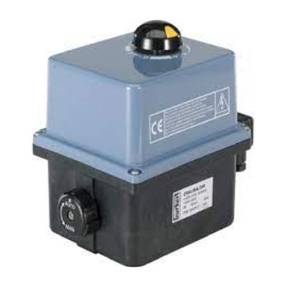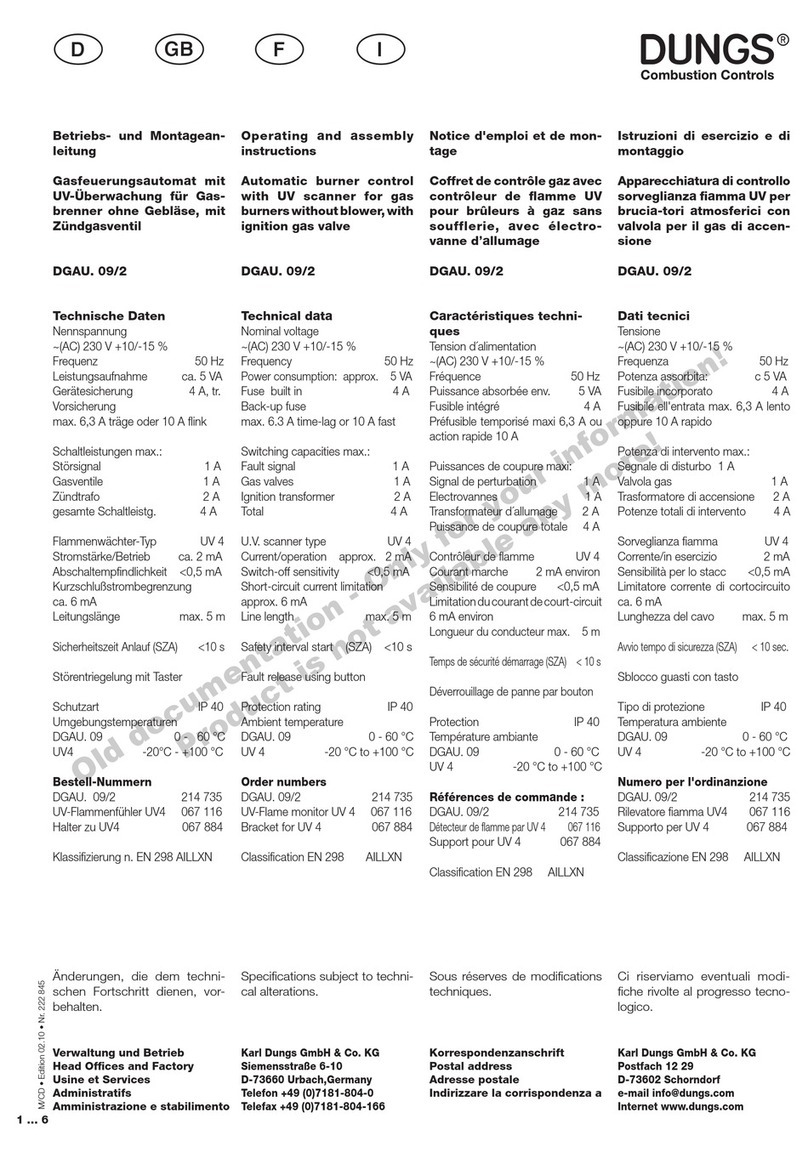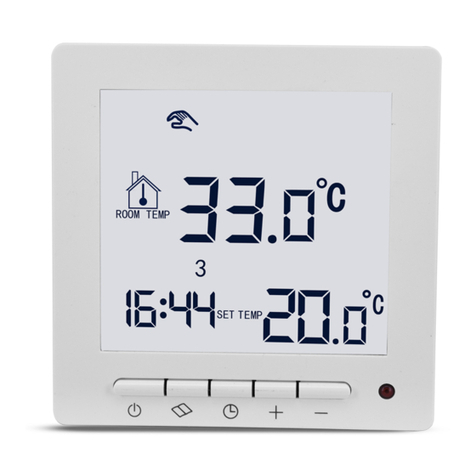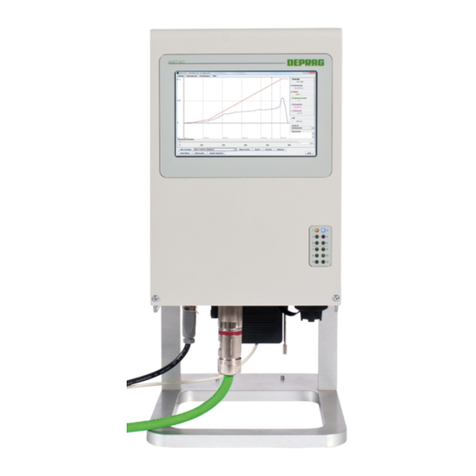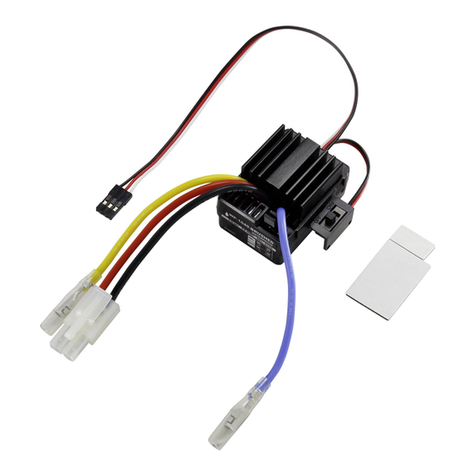InelControl ORS-01IC User manual

ORS-01IC controller for sliding gate control units
Installation and operation manual
1 Safety guidelines
General guidelines
ORS-01IC receiver is factory configured to
guarantee safe installation and operation, provided
that all guidelines in this user manual and the safety
and accident prevention regulations relevant to the
application (e.g. sliding gate) are followed.
Installation and repairs must be carried out by
trained and qualified professional only.
Do not modify or change the ORS-01IC receiver in
any way. All warranty repairs must be carried out by
the manufacturer. Use genuine spare parts and
accessories only.
The operational safety of the ORS-01IC receiver
can only be guaranteed if the device is used as
intended. The limit values provided in the
specifications must not be exceeded under any
circumstances.
Additional safety regulations
Follow the safety and accident prevention
regulations relevant for a specific application (e.g.
sliding gate) when installing, commissioning and
maintaining the control unit. In particular, observe
the following:
1. Fire safety regulations
2. Accident prevention regulations
General information on hazards and safety
measures
The following are the general guidelines for use of
INEL controllers with other devices. Follow the
guidelines when installing and operating the
devices.
Caution - Failure to take precautions may result
indamage to the control unit or property.
•Check if all screw connections are
secure before installing the control unit and
setting the limit positions.
Danger - Failure to take precautions may
result in injury or death.
•Follow the safety and accident prevention
regulations relevant to the application (e.g.
sliding gate).
•ORS-01IC must be installed with the
required safety and protection devices. The
control units including crushing protection
systems with a sensor installed at the gate
(contact with the obstacle) must not cause
any injuries due to the movement of the
sliding gate.
•For INEL devices with permanent power
connection to the controller, in addition to
fuse protection, use an isolation switch for
safe power supply disconnection (e.g. fuse
cut-off switch) for all connections.
•Inspect the power wires and cables
regularly for damaged insulation and
conductor continuity.
•Turn off the power supply before replacing
damaged cables.
•Check if the local voltage supply
parameters correspond to the device
specification.
Warning - important for the safety of
personnel:
•do not let children play with the control
devices;
•keep the control devices out of reach of
children;
•observe the gate in motion at all times and
keep other people away until it is fully
opened or closed;
•Provide training and instructions for the
users on device operation and related
risks. The operator is deemed to have
been trained if the employer, administrator
or owner of the device have instructed and
authorised the operator to operate the
device.
2 Waste disposal
Do not dispose of with household
waste. Dispose of waste in accordance
with the relevant legislation.
Households play a key role in the
recycling of waste electrical and
electronic equipment. Waste sorting,
including waste equipment and batteries,
guarantees that the equipment is not disposed of
with domestic household waste but is handed to a
designated collection point for the recycling of
electrical and electronic waste.

3 Properties
ORS-01IC controller is one of the InelControl system
devices used to control a driveway gate or garage door
control unit. It is a single-channel receiver with a
decoder and return channel. The radio link operates at
868.30 MHz.
Specifications
Operating frequency
868,30 MHz
Number of channels
1
Radio range
>100 m
Supply voltage
12 VDC or 24 VAC
Standby power input
36 mA
Protection rating
IP44
Enclosure (surface-mounted box)
ABB 00808
Dimensions
75 x 75 x 39 mm
Weight
90 g
4 Description
The commands send from the app installed on your
smartphone to the InelControl control unit (locally -
over the Access Point network, home Wi-Fi network or
remotely over the Internet) will result in a signal being
sent by the control unit. The signal received by ORS-
01IC activates a relay with a contact connected to the
OUT output. The output is connected to the manual
control input and corresponds to the manual operation
of the gate switch. The gate control panel on your
smartphone includes a single control button for manual
control. Open and closed position sensors must be
installed to allow gate control and status indication.
The sensors may include NO type reed switches
installed at the gate and connected to the CON1
(closed) and CON2 (open) inputs. The open or closed
position signal is sent over via the return channel to the
InelControl control unit and to the smartphone app.
If the reed sensors are not installed, the remote control
of a gate will be disabled.
Fig. 1 Controller with cover removed
Fig. 2 Power
supply
5 Installing the controller
Caution! The device must be installed by a qualified
sliding gate installer.
5.1. Sliding gate
Installing the controller:
5.1.1 Installing the reed switches
The first and the most important task to ensure correct
operation of the controller in the system is to install the
reed switches.
Fig. 3 shows the operation of reed switches in the sliding
gate.
Fig. 3 Operation of open / closed switches:
a) sliding gate closed –reed switch Z closed,
b) sliding gate open –reed switch O closed
Installing the sliding gate reed switches:
5.1.2 Determining the minimum distance dmin
between the reed switches.
A minimum distance providing selectivity (to prevent
activation of reed switch Z placed opposite reed switch O,
and vice versa). The test requires an ohmmeter with
circuit continuity measurement function (with buzzer).
Place the reed switches (O and Z) in a plastic tray in
contact with each other. Touch the reed switch O with a
magnet and connect the ohmmeter to the reed switch Z
outputs. If the ohmmeter shows that the reed switch Z is
activated, move it away from the reed switch O until it
deactivates. The distance reached at the moment the
reed switch deactivates is a minimum distance between
the reed switches.
5.1.3 Preliminary installation of the reed switches
and magnets in the sliding gate
Note: turn off the power supply before completing step 2
and 3.
Place a plastic tray with the reed switches (horizontal)
and magnets at the same level. Install the reed switches
near the sliding gate control unit and install the magnets
at the toothed bar or the sliding gate spokes. If the
magnets are already installed, adjust the height of the bar
with reed switches. The gap sbetween the magnet and
the reed switch should provide reliable operation of the
reed switches and smooth sliding gate movement. For
B-1 type reed switches by Satel, the gap should not
exceed 3 cm. The gap can be adjusted with plastic
spacers or blocks.

5.1.4 Positioning the magnets in relation to the
reed switches
▪Open the sliding gate,
▪attach the tray with the reed switches with
reed switch O (CON2) opposite magnet O.
The reed switch should not be fixed in the
tray. Connect the ohmmeter to the reed
switch. Gently move the reed switch left and
right to determine the middle of its operating
range. Fix the reed switch in place.
▪Close the sliding gate. Move reed switch Z
(CON1) in the tray and place it opposite
magnet Z. Do not fix the reed switch.
Connect the ohmmeter to the reed switch.
Gently move the reed switch left and right to
determine the middle of its operating range.
Fix the reed switch in place.
5.1.5 Installing and connecting the controller
Install the controller and the tray with reed switches
inside the sliding gate control unit. If this is not
feasible, install the controller and the tray with reed
switches close to the sliding gate control unit. Secure
the controller, the reed switches and the insulated
cables against mechanical damage and weather
conditions.
Fig. 4 shows the connection diagram. Route the
cables to the controller enclosure by the grommets to
ensure proper sealing and arrange in loops to
prevent water ingress.
Connect the OUT output to the manual control input
of the sliding gate control unit.
The controller may be supplied with 12 V DC or 24 V
AC (from the sliding gate control unit or the external
power supply). Fig. 2 shows the wiring diagram for
both cases. Fig. 5 shows 12 V power supply from the
control unit.
The cables must not block the control unit’s
enclosure and must not affect its weather protection
components.
Fig. 4 Controller wiring diagram
5.1.6 Registering and configuring the controller
in InelControl system
To register and configure of the controller in InelControl
system, see “Control unit user manual and InelControl
system configuration”.
The device will be automatically detected by the system.
Press and hold S1 on the controller board for approx. 1
second. If the device is not automatically detected,
change the controller position and try again.
After configuring the controller, check the received signal
level in Advanced device information tab in InelControl
app. For correct communication, the level should be min.
-90 dBm
5.2 Sectional gate
Similar to the sliding gate, installation of reed switches is
required.
Fig. 5 shows the operation of reed switches in the
sectional gate.
The magnet is attached to the carriage (C) and the reed
switches are attached to the bar (R).
The reed switches are at a distance that will prevent
nonselective operation. Choose the optimal position of
the reed switches in relation to the magnet (see the
sliding gate section).
Install he controller near the gate control unit. Fig. 4
shows the wiring diagram.
Fig. 5 Operation of open/close switches of the sectional gate:
a) door closed - reed switch Z closed,
b) door open –reed switch O closed
Popular Controllers manuals by other brands
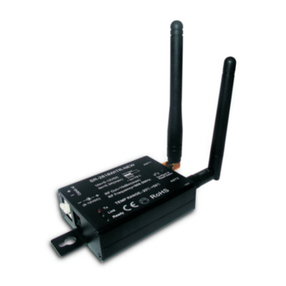
Sunricher
Sunricher SR-1009FA user manual
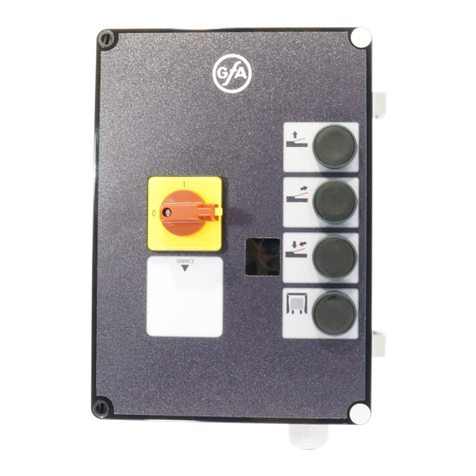
GFA
GFA LB 700 installation instructions
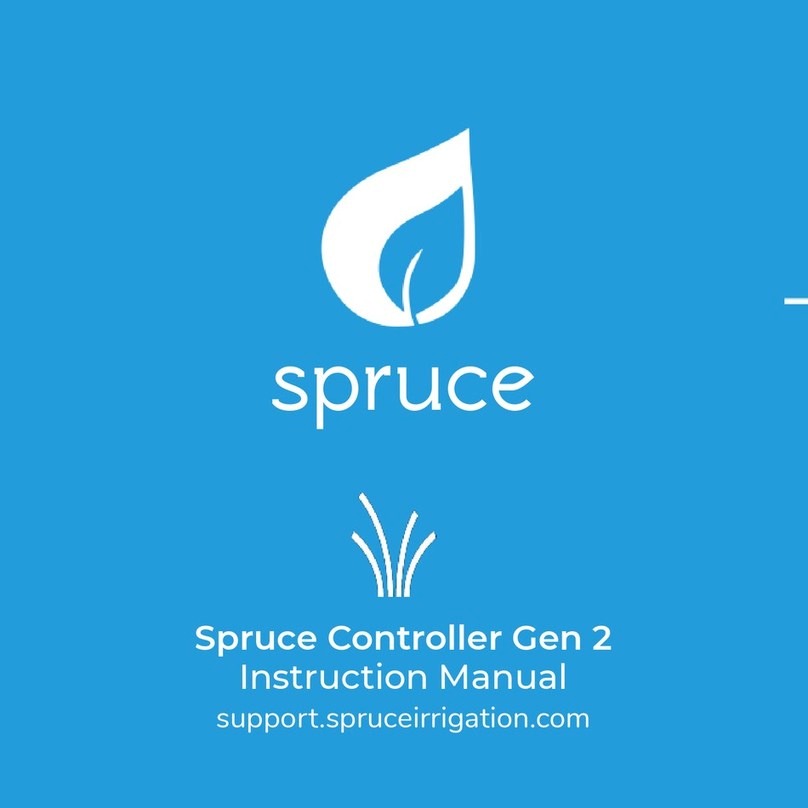
Plaid Systems
Plaid Systems Spruce PS-SPRWIFI16-01 instruction manual
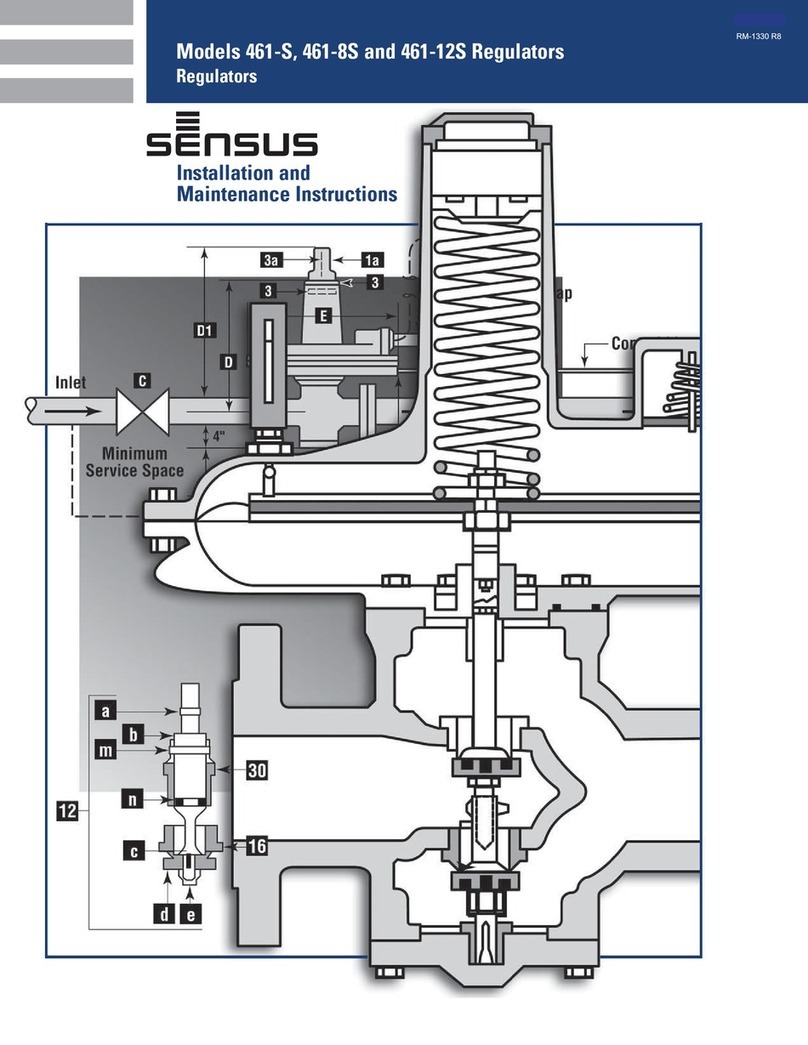
Sensus
Sensus 461-S Installation and maintenance instructions
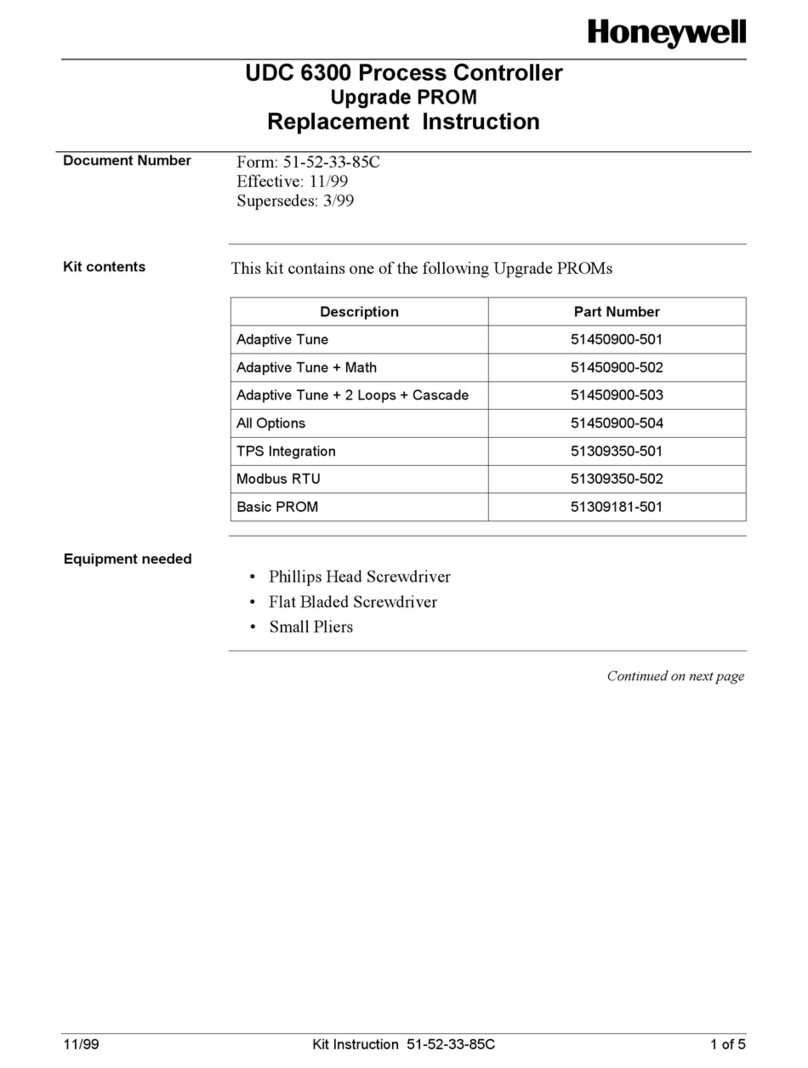
Honeywell
Honeywell UDC 6300 Replacement Instruction
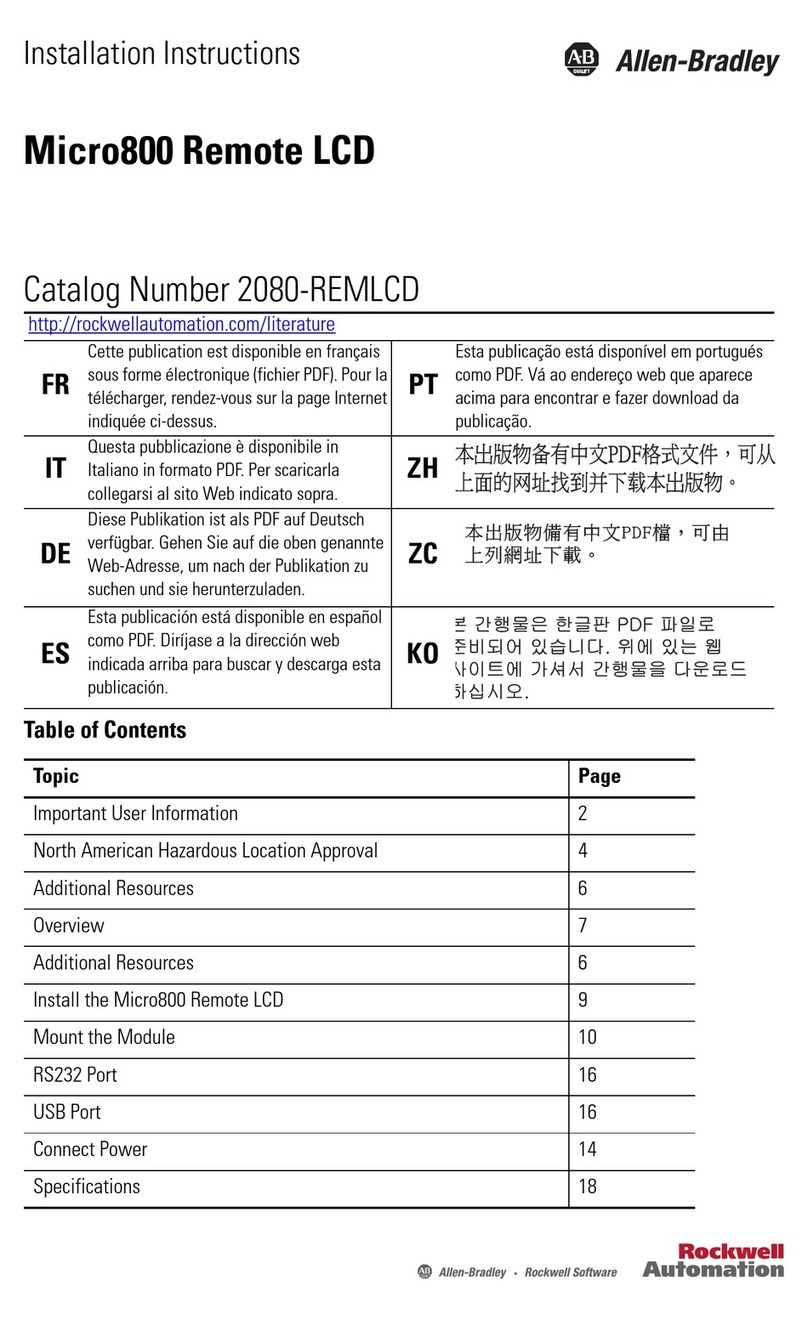
Allen-Bradley
Allen-Bradley Micro800 installation instructions
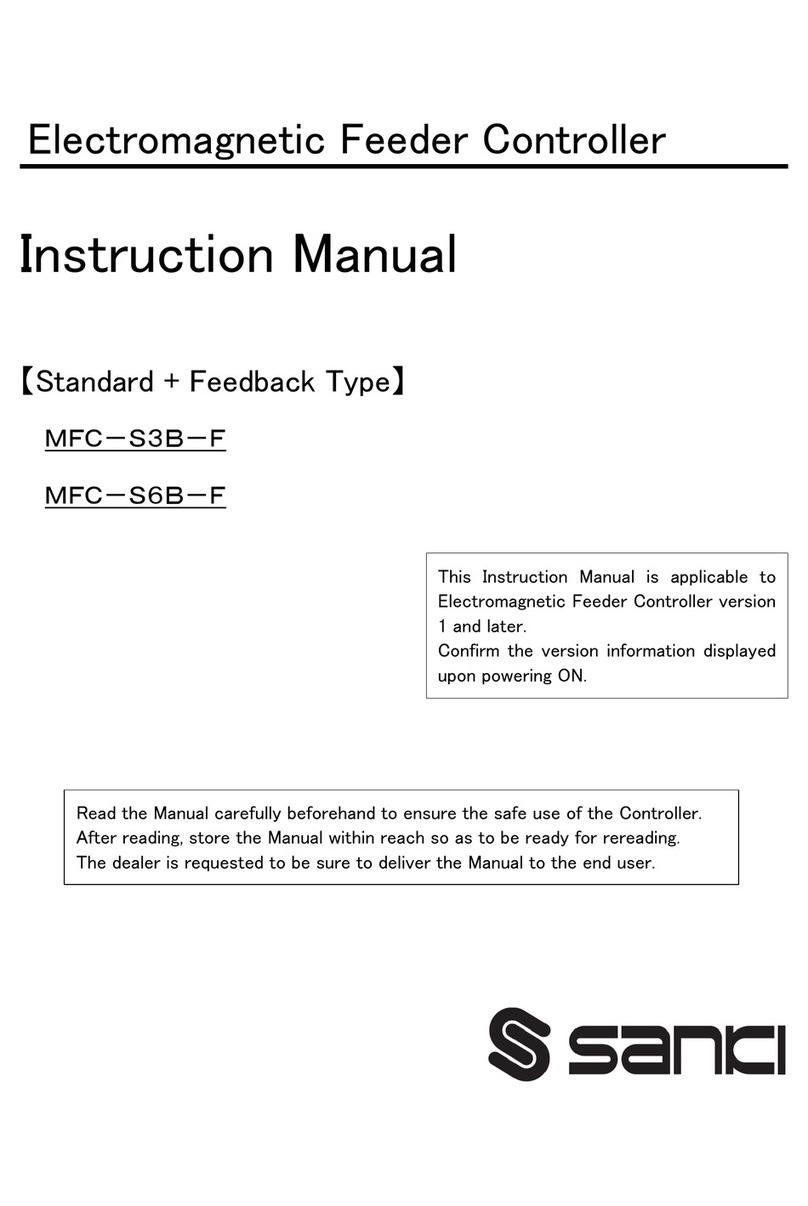
SANKI
SANKI MFC-S3B-F instruction manual
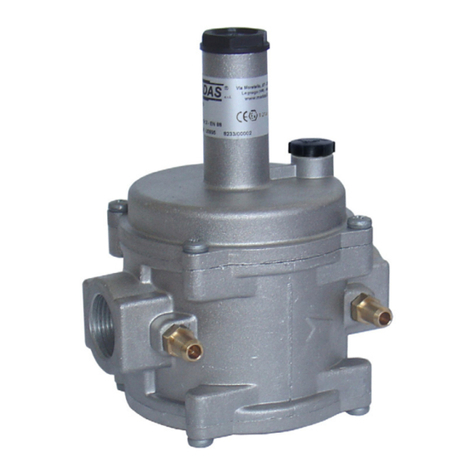
Madas
Madas RG/2MT X Series Technical manual
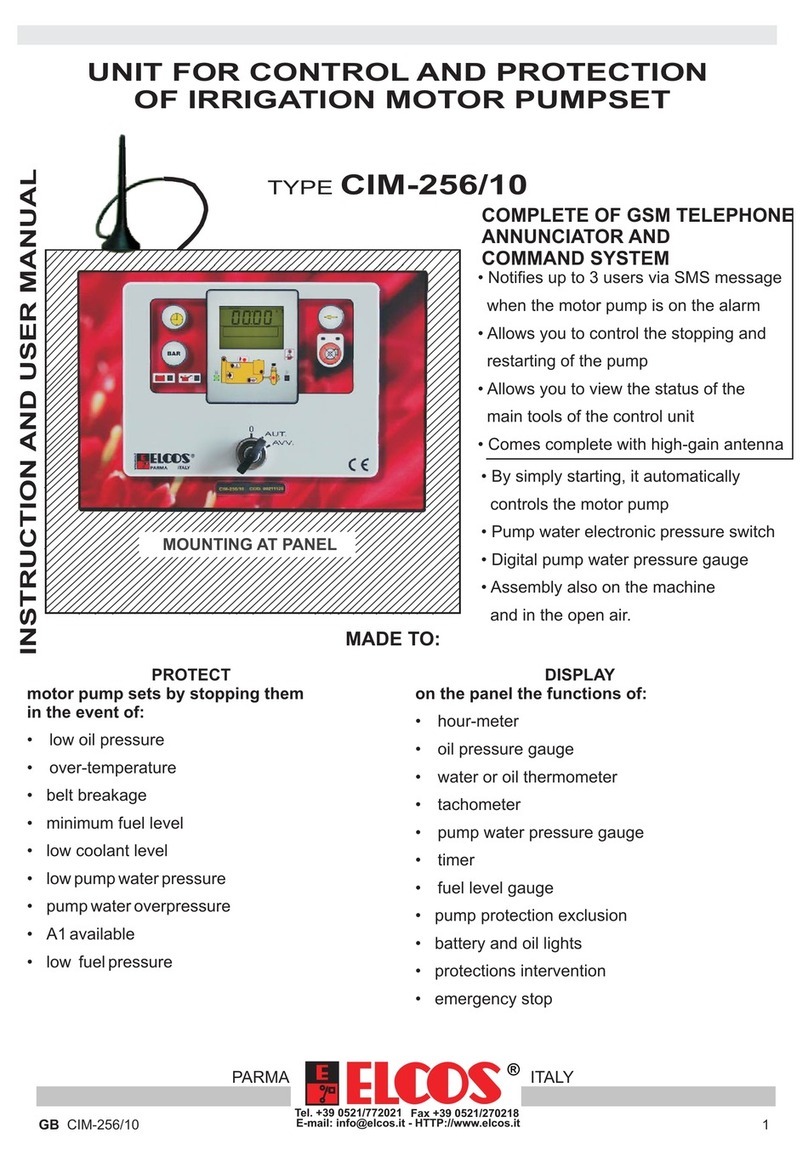
ELCOS
ELCOS CIM-256/10 Instruction and user's manual

AUGIER Energy
AUGIER Energy OCEM DIAM3200 Series Installation & maintenance
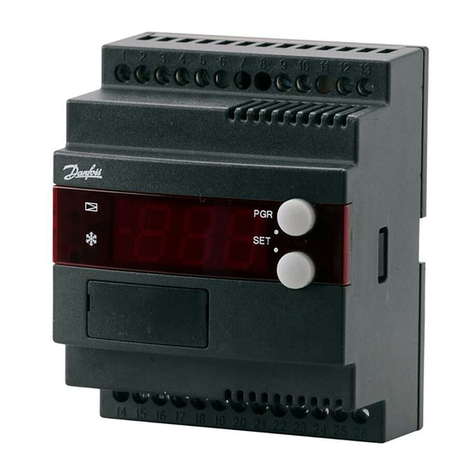
Danfoss
Danfoss EKC 316A Reference manual
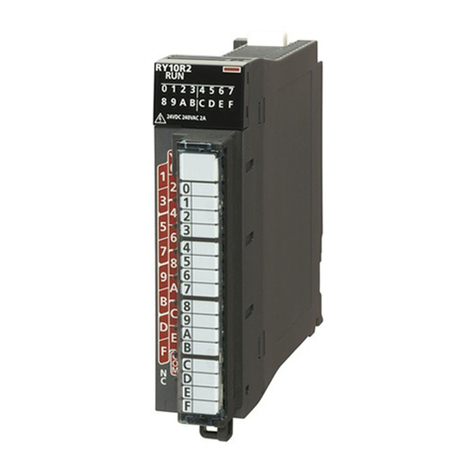
Mitsubishi Electric
Mitsubishi Electric MELSEC iQ-R Series installation manual
